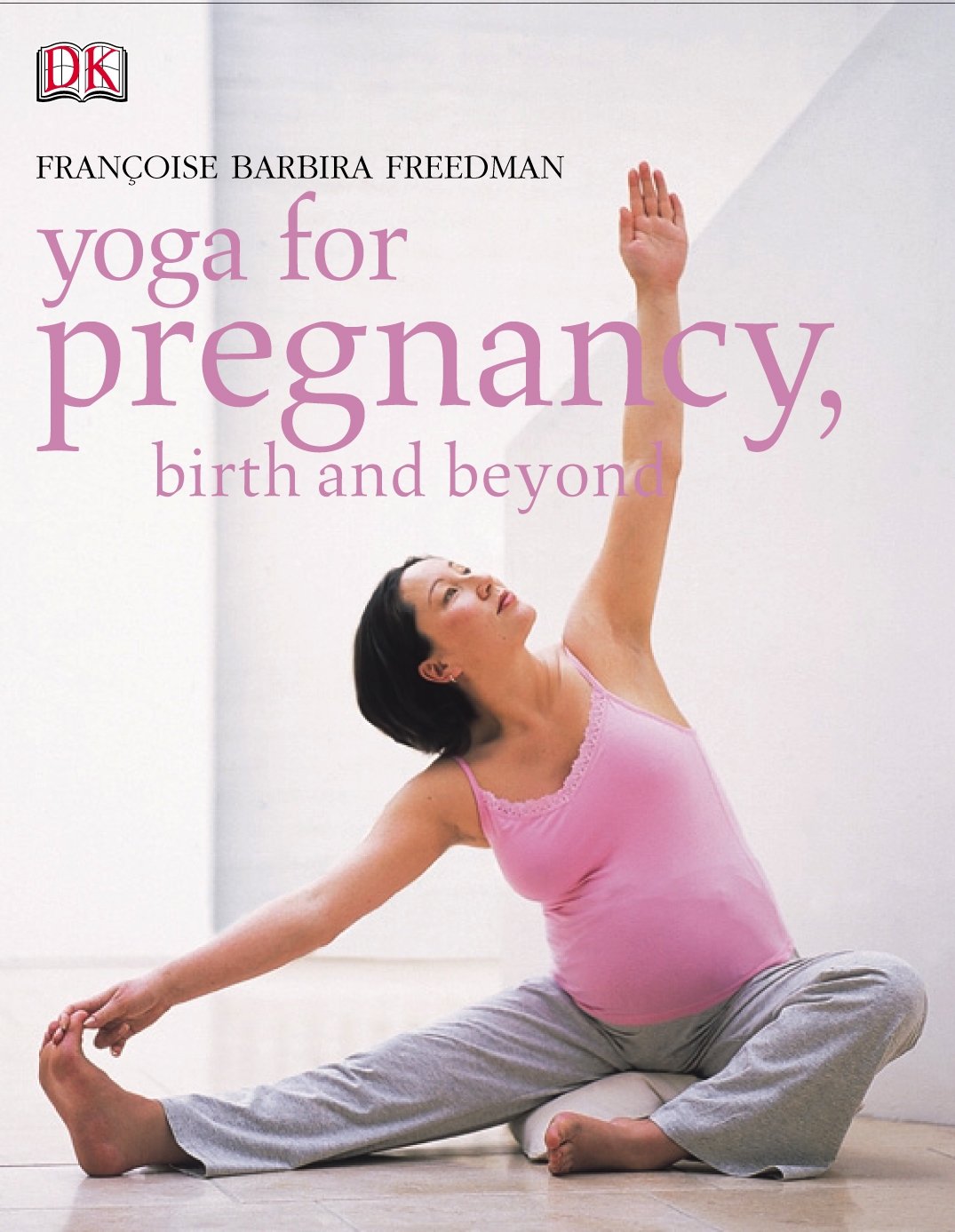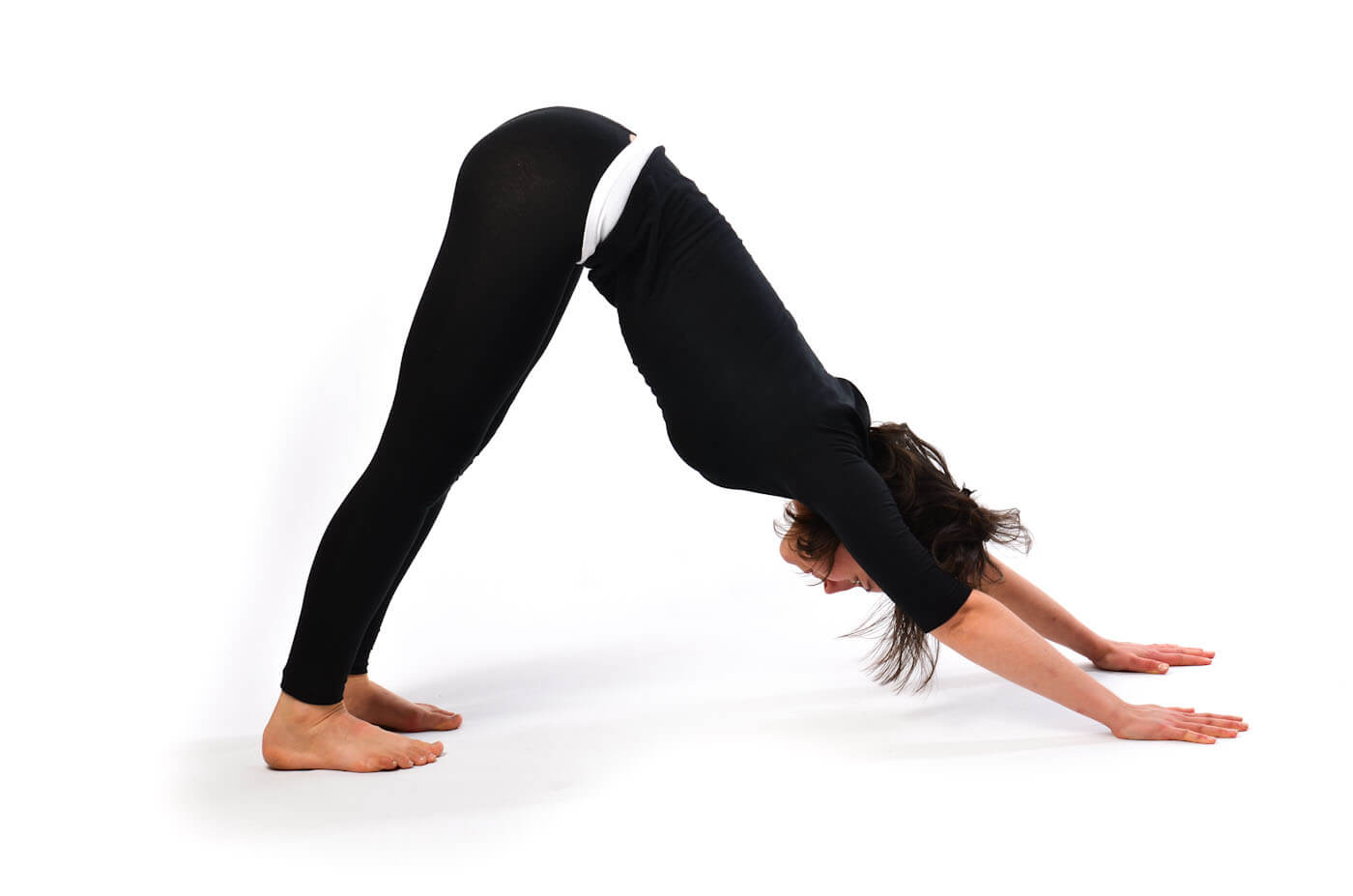
Senior yoga can be challenging due to a number of reasons. However, the benefits far outweigh these challenges. There are several types of yoga available, including Iyengar and Restorative. It is important to know which type of yoga is right for your body. These are five poses that seniors should consider.
Restorative yoga
In addition to focusing on self-soothing & relaxation, restorative and senior yoga can improve healing ability and rebalance the nervous systems. Yoga is a popular practice among seniors in America. It is not an alternative to medical treatment but can be used as a supplement to other medical treatments. Many of the poses can also be done at home. Restorative yoga classes are great for those with limited time or who cannot attend a class.
Restorative yoga for seniors focuses on posture and breathing techniques to help seniors achieve a deep state of relaxation. This 33-minute class begins with a warm-up pose on the floor and progresses to a supported bridge pose. Then, seniors will move on to a 12-minute standing sequence that strengthens their core and legs. This class is best for seniors with limited mobility. Even though the poses may seem gentle, they are extremely beneficial for those with limited mobility and/or recovering from injuries.
Iyengar yoga
Iyengar Yoga is a wonderful exercise program that seniors can do. Its gentle and methodical approach, as well as the emphasis on correct form, make it an ideal choice for seniors, particularly those with chronic medical conditions. You will often find modifications and props in this style. Iyengar yoga can be used by seniors to reduce pain and help maintain a healthy weight. These exercises have many benefits that can be found online.

As an added benefit, Iyengar yoga is not a vigorous workout. The emphasis is on the act of moving into positions and the use of props. Unlike a traditional yoga class, Iyengar yoga does not count as a cardio workout. It doesn't require a cardio work out because it focuses on proper alignment. This program isn’t vigorous and won’t allow you to gain weight.
Yin Yoga
Yin yoga is a practice where poses are held for two to seven minutes and focus on deep connective tissue. This deeper tissue is much more elastic than muscle so it's easier to release tension and improve flexibility by holding for longer. This form of yoga was developed in ancient China and India, which shared many similar philosophical concepts. Yin Yoga combines physical activity, breathing exercises, as well as meditation. It has many benefits for seniors, such as improving joint mobility and stress relief.
Yin yoga focuses its attention on connective tissues within the body. These tissues help link bone to muscle. It may improve your range of motion. Yin Yoga poses feel like a form or meditation. You focus on stretching to the edges and breathe deeply. This practice can help with stiffness and pain, and it may also be beneficial to people with limited mobility. Whether or not you are able to do this form of yoga, it can benefit your daily life.
Chair yoga
Chair yoga is a great option for seniors with limited mobility. Chair yoga is a popular choice for seniors with limited mobility. Many report feeling more flexible and limber after practicing it. Participants report regular bowel movements after three months and don't need medication. Some even find that it helps them sleep better! The benefits of chair yoga go beyond relieving stress. These exercises improve blood flow, strengthen muscles and joints and lower blood pressure.
The first chair yoga pose is the seated forward fold pose. This stretch strengthens shoulders, hips, lower back, as well as the hips. This helps relieve tension in the shoulders and neck. As you practice, make sure to breathe deeply and hold for a few breaths. You can also use a desk instead of a seat. You can also place a block under your front foot to provide extra support. Repeat this process as many times needed.
Vinyasa yoga

Vinyasa Yoga can provide many benefits for seniors and old people looking for exercise. With its mix of physical effort, meditation and speed, this style of yoga can also be very meditative. It also has no set time, but classes usually last an hour or less. You can move from one pose to the next at your own pace because there is no prescribed sequence.
A Vinyasa class generally incorporates a series of different poses, including the sun salutation, downward-facing dog, and cobra. Each pose is done with conscious breathing. The emphasis is on flow and not on holding on to one thing. Vinyasa classes are customizable to meet your schedule. It will never get boring because of the variety of poses offered in each class.
Bikram yoga
Bikram Yoga is highly recommended for seniors, due to its numerous health benefits. It improves muscle strength and alignment. It promotes mindful eating and burns calories. The classes are held in hot rooms at more than 100 degrees and with 40 percent humidity. Seniors should select a class that suits what they can do. The meditation and chanting aspects of the class may be beneficial for seniors.
Bikram yoga's consistency is another benefit. A strict sequence is followed by many teachers. This allows teachers to provide the same routine for a large student group. The script uses push language and instructs students to "lockout", to "go beyond flexibility," and to "engage." Bikram classes require engagement, which is not the case with other styles. Senior citizens might benefit from the slower pace and a more knowledgeable teacher.
FAQ
What do psychologists have to say about mental illness?
Psychologists believe that mental wellbeing is essential for human development. Psychologists also believe mental health is about more than having no mental illnesses. It's also about being mentally fit.
Different views are held by psychologists about mental health. Some psychologists think that mental health is not necessary because there are so many people who have no mental illnesses. Others feel that mental well-being is vital because it allows us to function properly.
What causes adolescents to have mental health problems?
Adolescence can be a time in our lives when we are beginning to define ourselves. As individuals, we start to understand who we are and where we fit in the society.
During this time, we also develop new friendships and romantic relationships. These experiences can lead to stress.
Normal stress is normal. However, if you feel stressed beyond your usual levels, you should seek professional help.
You might think you can handle things independently, but sometimes, you need someone else to talk to.
During times when you are stressed, your friends and family can help. They may also be able to help you find ways to cope with stress.
You might consider meditation or doing some exercise. Both activities can help reduce stress.
A group, such as a church or sports team, is another option. You will make new friends and meet new people.
What can you do to improve your mental health?
It is vital to maintain mental health, especially for those who are stressed from school, work, and family. It is important to get regular exercise, eat healthy foods, sleep well, spend quality time with your loved ones, and to take care of your mental health. Exercise can increase endorphins, which make us happier. Healthy eating habits can also help our bodies function well. Good sleep gives us energy all day. Spending time with our loved ones is a great way to improve our relationships, and it reduces stress.
How does mental health affect our daily lives?
Everybody experiences mental illness at some time in their lives. Mental illness is not something that people who are suffering from it don't seek treatment. If you feel like something is wrong, talk to someone about it. There are many ways to deal with depression, anxiety, stress, etc., such as therapy, medication, exercise, diet, meditation, and other methods.
Statistics
- Appropriate nutrition and exercise are likely among the most efficacious and cost-effective positive mental health interventions. (ncbi.nlm.nih.gov)
- Neuropsychiatric diseases are the leading cause of death and disability in the U.S., accounting for 18.7 percent of all years of potential lifespan loss and premature mortality.
- Similarly, for positive mental health, there is likely to be substantial agreement about some typical components (e.g., resilience to stress) 6, and controversy about more atypical components (e.g., career consolidation). (ncbi.nlm.nih.gov)
- Similarly, while there is some agreement about the boundaries of typical mental disorders 2, there is likely less agreement about those for positive mental health. (ncbi.nlm.nih.gov)
- More than 40 million adults in the United States have an anxiety disorder, but less than 37% of people seek mental health treatment for their symptoms. (talkspace.com)
External Links
How To
How to Care for Children with Autism
Autism spectrum disorder (ASD) is a neurodevelopmental condition characterized by impairments in social communication and repetitive behaviors. ASD affects approximately 1 in 50 people. There is no cure.
The first signs typically appear around 18 months in infanthood. The most common signs include difficulty understanding others' emotions, lack of eye contact, problems with language development, and difficulties in learning new skills. These symptoms may lead to anxiety, aggression and depression as well as sleep problems.
While there is no cause currently, scientists believe that genetics play an important role. Some studies suggest environmental factors like infections, fever, diet, stress, medications, vaccines, alcohol, and tobacco use could trigger the onset of ASD. Evidence also suggests that certain viruses, such as rubella or measles, can increase the likelihood of developing ASD later on in life.
Early diagnosis and intervention are key to improving outcomes. Many families struggle with their child’s behavior after they turn 18. The severity of symptoms and the level of support required will impact the options for treatment. Research shows that therapy focused on improving social interaction and decreasing problem behavior can make a significant difference.